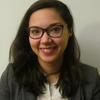The Ultimate Guide to a Product Design Career
The hottest design role is also the most misunderstood one.
Designers have evolved from individual contributors to being called upon to reform business models, drive design standards across the organization, and improve the overall customer experience.
Product designers aim to improve the way existing products look and work, and produce them at lower cost -- or they may be involved in designing entirely new products. The process starts with identifying a market opportunity, defining a customer problem, developing a solution, and validating that solution with real users to create a frictionless user experience.
Modern product designers are responsible for the end-to-end experience of a product, which may even include branding and marketing strategy post-launch.
How is Product Design Different?

UX Designer vs Graphic Designer vs Product Designer
Designer job titles have grown increasingly specialized and, in some cases, embellished -- sowing confusion even among design veterans. Alternate job titles for product designers include UX designer, customer experience architect, interaction designer, or information architect.
Small-medium businesses often use the terms “product design” and “UX design” interchangeably. At a FAANG company, the roles may be more distinct. The most salient difference is that UX designers focus on the needs of the customer, while product designers work to reconcile business objectives with customer demands.
Graphic designers, on the other hand, produce visual communications across different mediums, such as logos, banner ads, websites, and billboards. Major tech companies may employ different types of designers, whose roles overlap throughout the production process. For instance, graphic designers might help a product designer render high-fidelity designs or collaborate with UX teams on website design.
Product Designer Types & Responsibilities

3 Categories of Product Design
These categories serve as a useful mental model for the complex infrastructure underlying a great product.
System design - Defining the architecture, modules, interfaces, and data for a system
Process design - Determining workflow, equipment needs, and implementation requirements for a particular process
Interface design - Defining the interactions between a user and a digital product
In reality, you won’t be responsible for all three, but you should have knowledge of all of them to be successful. You’ll collaborate with IT and engineering on systems design, the operations team on process design, and work with UX teams on interface design.
5 Product Designer Responsibilities
These are 5 things product designers will deal with on a day to day basis.
- Building requirements docs with other engineers and designers
- Conceptualizing product definitions and naming conventions
- Wireframing for apps and websites
- Coding/prototyping using drawings, 3D models, and computer designs
- Manning customer support and responding to help tickets to better understand the customer from the front lines
Throughout the production process, designers are expected to produce deliverables to visualize their ideas and serve as documentation for production guidance.
Product Design Deliverables
Journey maps
A flow diagram that charts a customer’s journey from discovering your product to making a purchase decision. (Image credit: UX Planet)
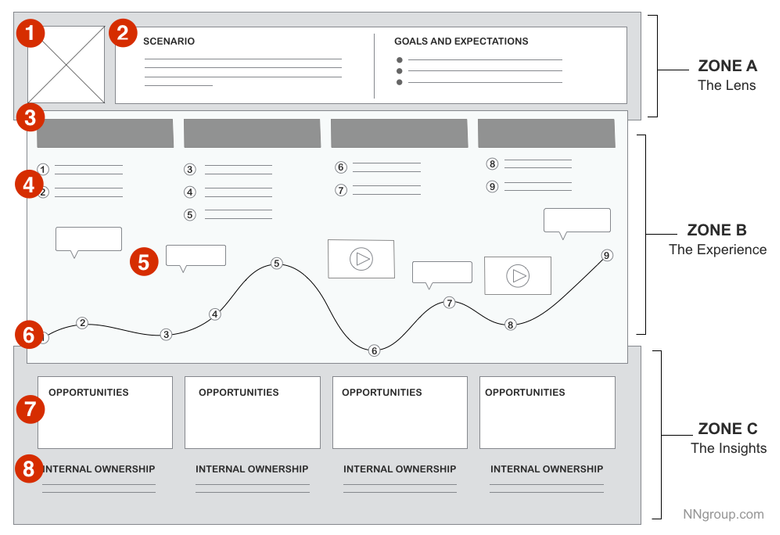
Wireframes
A layout of a webpage that shows what interface elements will exist on key pages. (Image credit: Visual Paradigm)

Prototypes/mockups
A preliminary model of a product created to test a concept or process.
High-fidelity designs
A final mockup of the product that closely resembles the final product once it is coded and implemented.
Product Designer Skills & Background
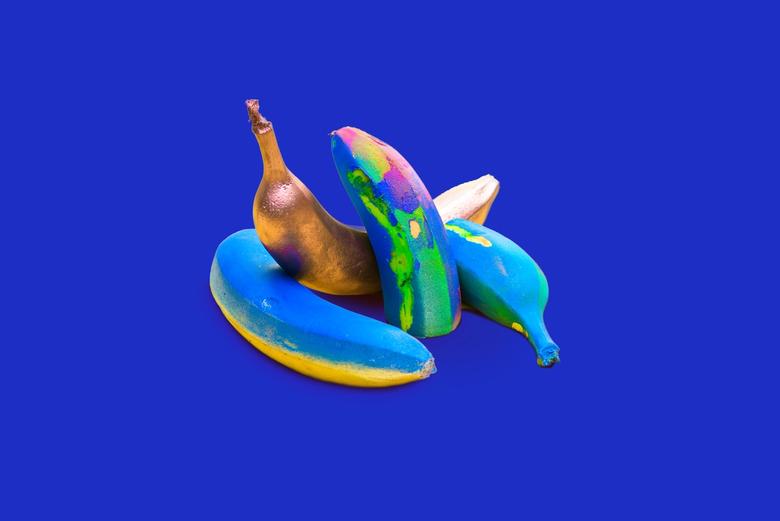
The best way to differentiate yourself is by having a diverse skill set.
Product design requires a hodgepodge of competencies, from user empathy to coding, and the best designers are highly skilled generalists who collaborate effectively with teams that have the expertise they don’t. The core skills you’ll need to land a product designer job:
User empathy
Even if user research is overseen by a UX team, product designers are still responsible for championing user needs and ensuring UX research insights are included in production considerations. Recruiters will be impressed if you exhibit familiarity with how studies are set up, from formulating open-ended questions to collecting feedback, and harvesting insights from qualitative and quantitative data.
Interaction design
Successful digital products hinge on intuitive interaction design that enables a user to achieve desired tasks with minimal effort. Interaction design consists of elements such as aesthetics, motion, sound, and physical space (where and how the product is used) that affect a user’s interaction with a product. You should be obsessed with user flows, information access, and the effectiveness of screen layout.
Information architecture
Content must be structured, labeled and organized properly for users to find it. Information architecture refers to everything from conversation pathways within a chatbot to how articles are organized in your knowledge base. Product designers take into account user needs for education and knowledge around the product, which involves content strategy.
Visual design
Many product designers lack advanced visual design skills, but they still need to express their ideas visually. Additionally, visual is typically the ideal medium for pitching ideas to non-design stakeholders, so the ability to use digital drawing tools such as Sketch or create charts in Tableau will get you far.
Coding
According to a survey by Invision, 80 percent of hiring managers look for coding skills in product design candidates. You don’t need to code on the job, but you need a basic understanding of code to communicate effectively with front-end engineers.
Product vision
Building something that doesn’t exist yet requires forward thinking and the ability to inspire others. Show recruiters you have this skill by using a ‘What, When, How’ approach when discussing your portfolio projects -- this shows you understand user needs (what), the production process (how) and the business problem (why).
Soft skills
Non-technical skills such as communication, teamwork, and initiative are key to landing the job, given the collaborative nature of product design. When you’re not answering technical questions or walking recruiters through your portfolio, focus on playing up these attributes during the interview.
A strong portfolio of design work
Aim for at least three projects that exemplify your best work. Post your projects on Dribbble or Behance to get feedback from other designers and demonstrate your web presence. For each project, detail the customer pain point, design system, what tools you used, the process for problem-solving, and the final outcome. Include lo-hi wireframes, prototypes, sketches, personas, and journey maps to tell a comprehensive story.
How to Ace the Interview
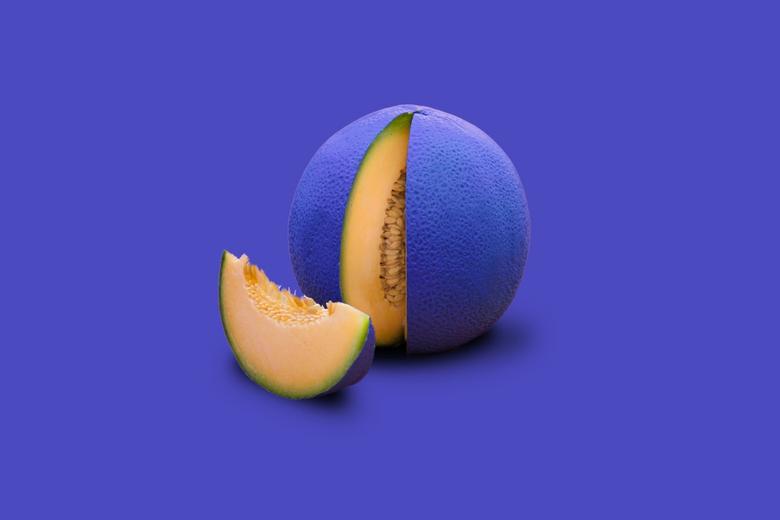
Interview Structure
The recruiting process is different at every company, but most product design interviews follow a general structure.
- Phone screen: 30-minute chat with a recruiter to assess match, credentials, and culture fit.
- Onsite or video interview: A technical and behavioral interview with members of the design team to evaluate your design thinking and personality fit. A portfolio presentation may be required at this stage, or it may be scheduled separately.
- Product/design critique (optional): You may be asked to critique a certain product’s design, offering input into what works and what needs improvement.
- Design challenge: A take-home assignment that typically involves being given a business problem, customer pain point, or challenging scenario and being asked to design a solution.
- Final-round interview (optional): Some companies require a second onsite or video interview to assuage any earlier concerns with culture fit or a skills gap.
- Offer and salary negotiation
Sample Questions
Practice these (and more) to give yourself a leg up in the interview.
Technical questions
- In your opinion, how should a good design process start? Why?
- Take us through a couple of your favorite pieces in your portfolio. What was your design process for these pieces? What problems were you trying to solve?
- Tell us how you put yourself in the mind of the user. What kind of research methods do you use when you’re starting a new project?
- How do you use data to guide your design decisions/ design experience?
- Tell me about your experience with A/B testing.
- What is your favorite product in terms of design? How would you improve it?
- What analytics tools and KPIs do you use to evaluate product designs?
- Have you revisited your key success metrics after launch? How are they the same or different?
- Design a UI/ UX for an ATM.
- Tell me about your ideation process and the prototyping tools you use.
Behavioral questions
- Tell us about a time when you simplified a complex situation or problem. What made you seek out a simpler approach?
- Tell me about a time design slowed down product development. How did you handle it?
- How do you keep up with the latest design trends? What resources do you use to inspire yourself?
- Tell us about a project that didn’t go as planned and the reasons that led to it. How did you solve the problems that arose?
- Tell me about a time the product team did not agree with your design.
- When a client says, “I don’t like this design,” what do you do?
- Tell me about your biggest professional failure you've had in a design role and how you dealt with it.
- Have you ever had to make a compromise or trade-offs with a team you were working with?
- Tell me about a time you had to ship something that was “good enough.”
- Tell me about a time you disagreed with a product manager.
Learn from the Best
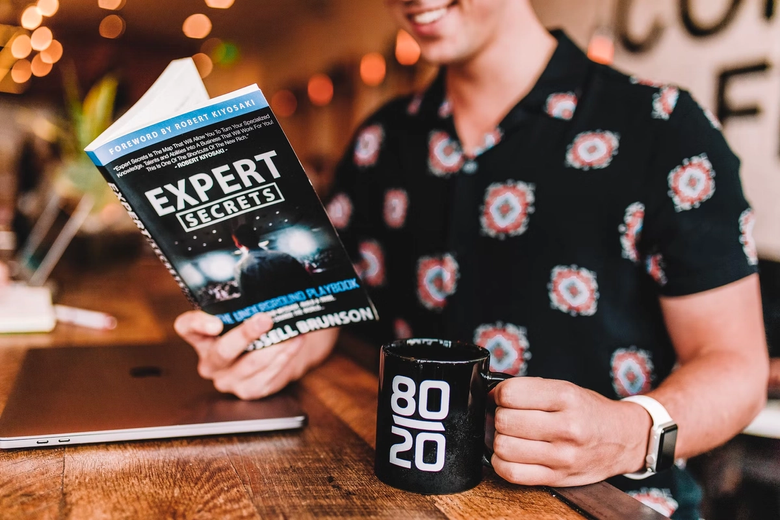
- UX and product designer Minjun Chen talks about career growth, mentorship and her experience as a woman in tech, here
- Currently working for Instagram, Nina Geometrieva talks about how she got her start in big tech without a formal education, here
- From writing for a magazine to designing product interfaces, Mitali Bhasin talks about how she upskilled herself into a brand new career path, here
- Marisa Chentakul tells her unique story of product design aspirations, social media success, and astounding professional growth, here
- Product designer Rachel Cheng explores her passion for the field and the importance of diverse perspectives, here
- At the intersection of psychology, fashion and design Chidinma Kalu's journey to find what she had always been looking for, here
- Tony Aubé, an experienced product designer and content creator, on making tech more accessible, here
- Garron Engstrom on product design and building inclusive teams, here
- Lily Li, a product designer on a mission to grow the field, here
- Brad Sant tells his journey from former competitive beatboxer to product designer for Facebook, here
If you land the job and decide to accept the offer, don't forget to review salaries first and see if you can negotiate a better salary before you sign.
The information provided herein is for general informational purposes only and is not intended to provide tax, legal, or investment advice and should not be construed as an offer to sell, a solicitation of an offer to buy, or a recommendation of any security by Candor, its employees and affiliates, or any third-party. Any expressions of opinion or assumptions are for illustrative purposes only and are subject to change without notice. Past performance is not a guarantee of future results and the opinions presented herein should not be viewed as an indicator of future performance. Investing in securities involves risk. Loss of principal is possible.
Third-party data has been obtained from sources we believe to be reliable; however, its accuracy, completeness, or reliability cannot be guaranteed. Candor does not receive compensation to promote or discuss any particular Company; however, Candor, its employees and affiliates, and/or its clients may hold positions in securities of the Companies discussed.
